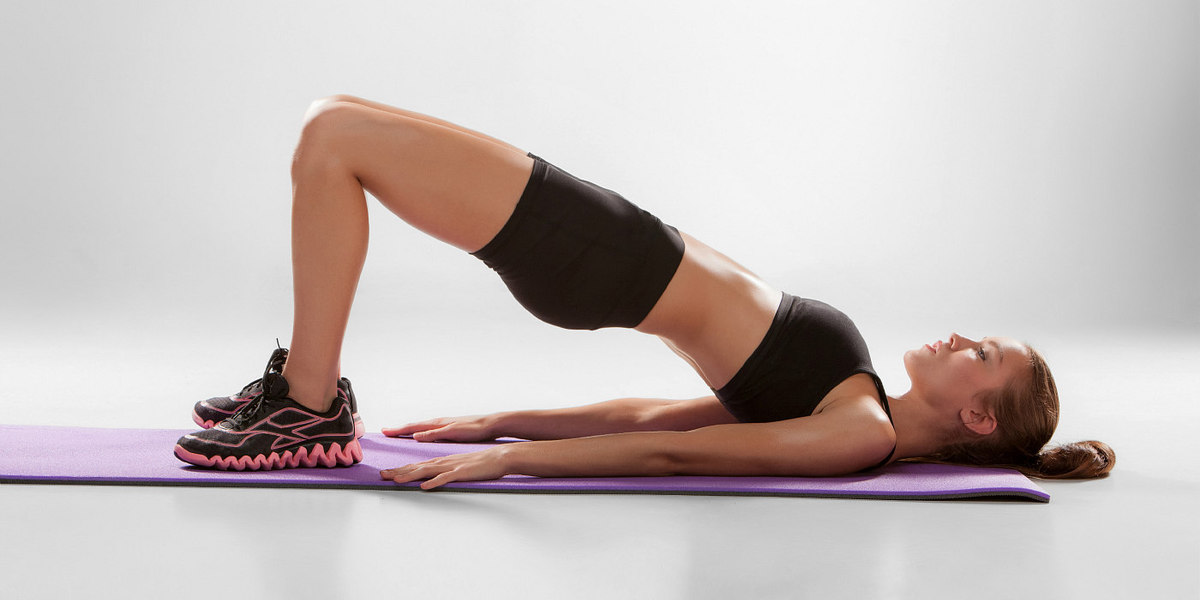Your cart is currently empty.
When you add a product, it will appear here. Ready to get started?

Kegel exercises, also known as pelvic floor muscle training, are simple yet effective exercises that help strengthen the pelvic floor muscles. These muscles provide support for vital organs such as the uterus, bladder, small intestine, and rectum. By regularly practicing Kegels, individuals can improve their pelvic health and prevent or manage conditions like incontinence.
The pelvic floor muscles play a crucial role in maintaining control over bodily functions, such as urination and bowel movements. Over time, various factors can weaken these muscles, including:
Weak pelvic floor muscles can lead to issues like stress incontinence (leakage of urine when sneezing, laughing, or coughing) or urge incontinence (leakage after feeling a sudden urge to urinate). Kegel exercises can also be helpful in managing fecal incontinence (leakage of stool).
Additionally, Kegels are beneficial for women during and after pregnancy, as they can help reduce the risk of incontinence or strengthen pelvic muscles following childbirth. However, Kegel exercises may be less effective for individuals with overflow incontinence, where small amounts of urine leak due to a full bladder.
Kegel exercises target the pelvic floor muscles, which can be engaged in several ways:
While performing Kegel exercises, avoid using them to start and stop your urine flow. Doing so regularly can prevent your bladder from fully emptying, which may increase the risk of urinary tract infections (UTIs).
One of the benefits of Kegel exercises is that they can be done at almost any time and place—whether you’re sitting at your desk, lying on the couch, or even during a walk. To incorporate Kegels into your routine, set daily reminders so that you don’t forget.
If you’re struggling to perform Kegel exercises or are not experiencing improvement in your symptoms, consider consulting a healthcare provider. A pelvic floor physical therapist can guide you on the proper technique and help ensure you’re exercising the correct muscles.
In some cases, additional techniques might be recommended, such as:
With consistent practice, most people notice improvements within a few weeks to a few months. For example, you may experience reduced leakage and better control over your bladder. To maintain and continue improving your pelvic floor strength, make Kegel exercises a permanent part of your daily routine.
In conclusion, Kegel exercises are a simple, non-invasive way to enhance pelvic health, prevent or manage incontinence, and support overall well-being. Be patient, stay consistent, and consult a healthcare provider if you need additional guidance or support.
Read More